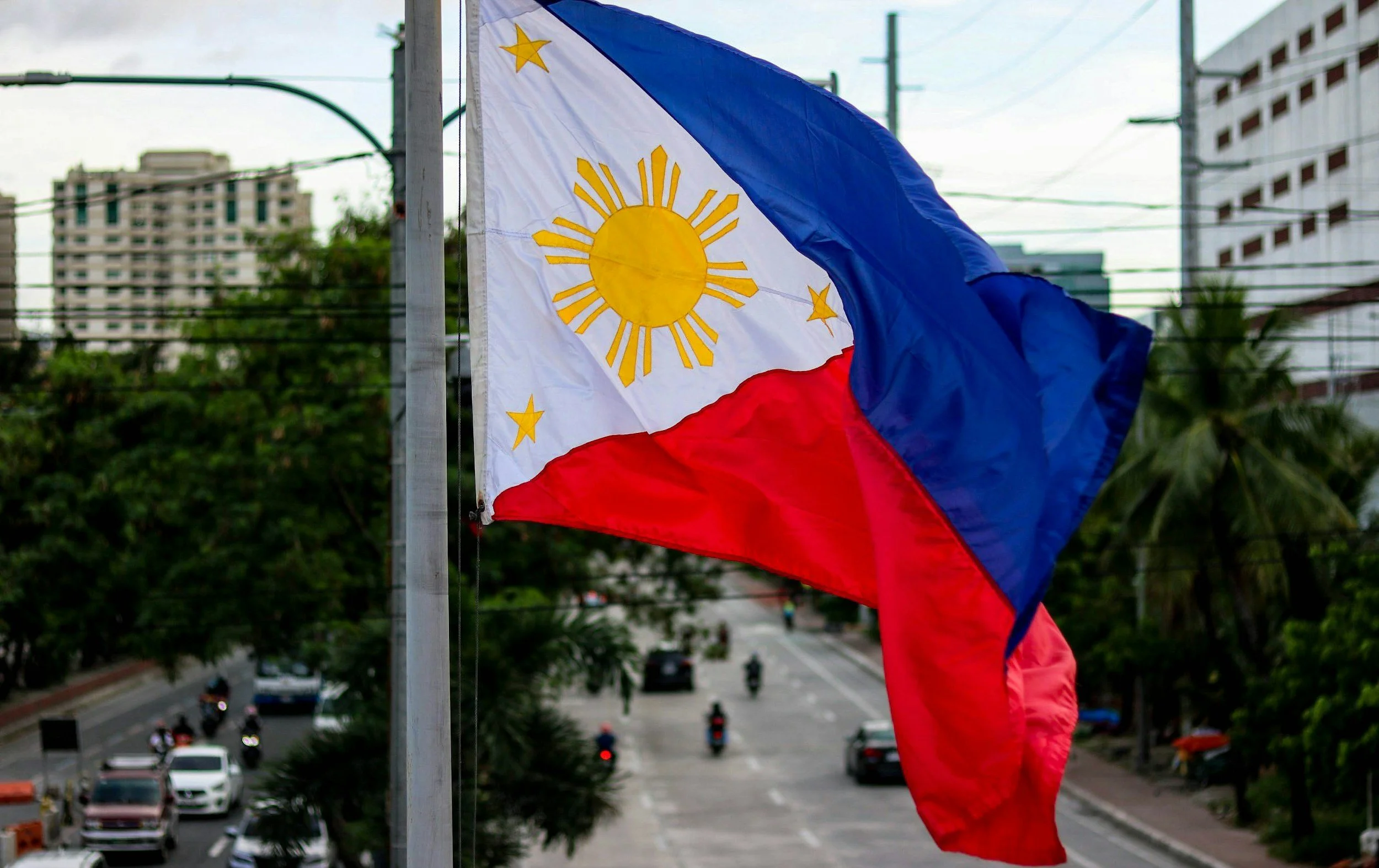What the Stars of the Philippine Flag Meant in July of 1898 and Why They Still Matter
When you see the Philippine flag waving proudly, your eyes are immediately drawn to that bold white triangle with three golden stars and a radiant sun. The sun often gets the spotlight (pun intended), but those three little stars? They carry a legacy that stretches deep into the revolutionary soul of the Philippines. They’re not just decorative flourishes—they’re symbols of identity, resistance, and unity.
Let’s take a closer look at the history, meaning, and evolving interpretations of the stars—and rays—on the Philippine flag.
The Philippine national flag was first unfurled on in the Summer of 1898, during the declaration of independence from Spanish rule. It was conceptualized by General Emilio Aguinaldo while in exile in Hong Kong and later sewn by Marcela Agoncillo, her daughter Lorenza, and Delfina Herbosa de Natividad.
The original flag design included the blue and red bands, a white equilateral triangle symbolizing liberty and equality, a golden sun with eight rays, and three five-pointed stars—each placed at a corner of the triangle. Every part had meaning. And in the weeks after its debut, those symbols became the visual foundation for the revolutionary government..
The Meaning Behind the Three Stars
Each of the three stars represents one of the major island groups of the Philippines:
Luzon (the northern region)
Visayas (the central region)
Mindanao (the southern region)
This trio symbolizes the unity of the archipelago in its struggle for independence. Aguinaldo’s vision was not just for a single province or region to rise against colonial rule—it was a call for solidarity across the islands.
Interestingly, some historians argue that the original star placement was meant to represent Luzon, Panay, and Mindanao, as Panay was one of the first regions in the Visayas to revolt. Over time, the interpretation evolved to represent the broader island groups we recognize today.
The Eight Rays of the Sun: A Tribute to the First Flame
While the stars reflect unity across regions, the sun at the center of the white triangle represents independence, freedom, and enlightenment—the shining dawn after centuries of darkness under colonial rule.
But what about those eight rays shooting out from the sun?
Each ray symbolizes one of the first eight provinces that revolted against Spanish rule in 1896. These were placed under martial law by the colonial government for their active role in sparking the revolution. The provinces are:
Manila
Cavite
Batangas
Bulacan
Pampanga
Nueva Ecija
Tarlac
Laguna
These provinces were recognized by Aguinaldo for their courage and contributions to the 1896 Philippine Revolution. The eight rays are a visual homage to the first flames that ignited a national uprising.
There have also been proposals to add more rays to the sun—to include provinces like Cebu and other regions that contributed to the resistance. However, the original eight have remained unchanged, symbolizing the spark that lit the revolution.
The Stars in Times of Change
Over the years, there have been proposals to add a fourth star to the flag to represent Filipino communities abroad, especially Overseas Filipino Workers (OFWs), who are sometimes called the country’s “modern-day heroes.” Although no official change has been made, it shows how the flag’s symbols remain living emblems, open to reinterpretation as the Filipino identity expands.
The stars and sun on the Philippine flag aren’t just golden accents—they’re anchors of identity, beacons of unity, and reminders of sacrifice. The stars show the breadth of the Filipino homeland, and the sun reminds us where the first flames of resistance burned brightest.
References
Agoncillo, T. A. (1990). History of the Filipino People (8th ed.). Garotech Publishing.
Constantino, R., & Constantino, L. R. (1975). The Philippines: A Past Revisited. Tala Publishing Services.
Lambino, M. (2018, June 12). Should the Philippine flag have a fourth star? CNN Philippines. https://cnnphilippines.com/news/2018/06/12/philippine-flag-fourth-star-ofw.html
Ocampo, A. R. (2021, June 12). What the stars on the Philippine flag really mean. Philippine Daily Inquirer. https://opinion.inquirer.net/141120/what-the-stars-on-the-philippine-flag-really-mean
Rafael, V. L. (2018). The Promise of the Foreign: Nationalism and the Technics of Translation in the Spanish Philippines. Duke University Press.
Want to turn this into a narrated video script or illustrated infographic? I can help with that too!



























It all started with a table outside of a Seafood City in 2015.
LEAD Filipino volunteers were on hand with clipboards and flyers for a Filipino voter registration drive. It was an early campaign for the grassroots organization, which grew out of a desire to build Filipino civic voice and representation.
Read More